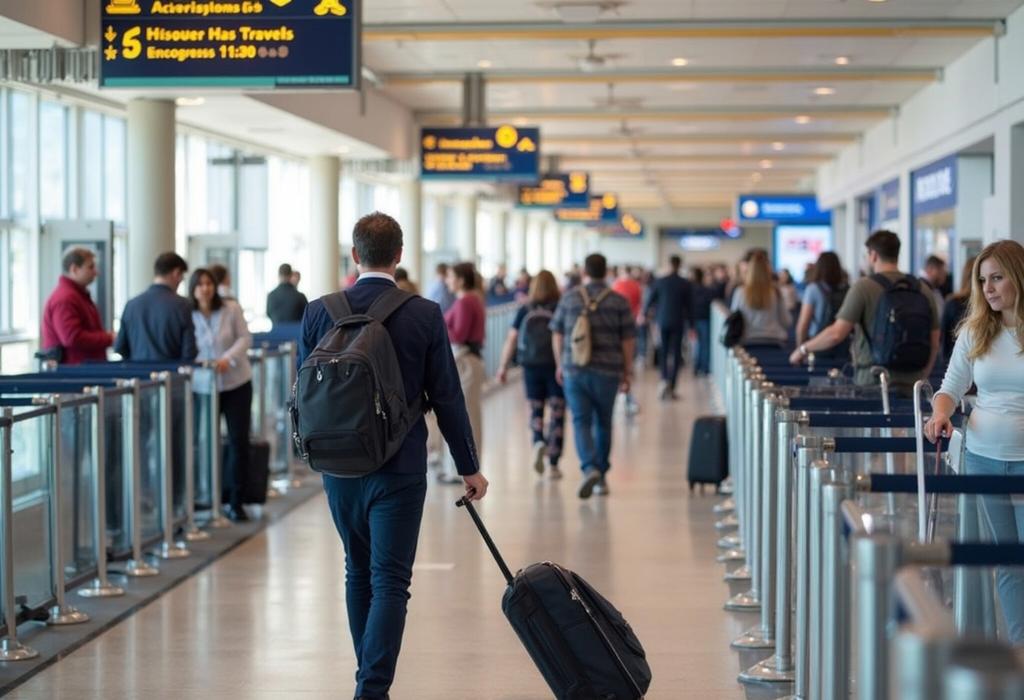Recent analyses by Josh Holder, Niraj Chokshi, and Samuel Granados in The New York Times provide a nuanced view of European travel trends to the United States. While statistics indicated an over 10% drop in international arrivals in March compared to the previous year, this decrease can be substantially attributed to the late timing of Easter, which shifted the prime travel period for many European tourists. As a result, recent data from April reveals a stabilization in travel patterns that aligns more closely with historical trends, calling into question the narrative of a significant downturn. The article emphasizes the importance of context when interpreting statistical data, particularly highlighting the need to consider the 'denominators' or time frames used in year-over-year comparisons. This kind of critical analysis is essential as it serves to clarify misconceptions and ensure a more informed public discourse around tourism industry health. Their work suggests that commentators and decision-makers alike should be cautious of sweeping conclusions drawn from isolated data points, stressing the value of comprehensive, contextual analysis in data reporting. Such an approach allows for more accurate insights into the complex dynamics influencing international travel, which is not simply dictated by a single month’s statistics. This commentary aims to engage subscribers with a deeper understanding of data interpretation, particularly in light of the effects of periodic variables like holidays on travel trends. Moreover, as travel continues to evolve post-pandemic, it is crucial to rely on well-rounded analyses rather than sensational headlines that may misrepresent the reality of the situation.
AD
AD
AD
AD
Bias Analysis
Bias Score:
20/100
Neutral
Biased
This news has been analyzed from 7 different sources.
Bias Assessment: The analysis is relatively balanced and careful in interpreting statistical data without resorting to sensationalism. The news piece provides critical context, addressing potential pitfalls in data interpretation which reduces bias. However, focusing primarily on data analysis may lead to a slight bias towards optimistic views of travel trends and the potential recovery in tourism.
Key Questions About This Article




